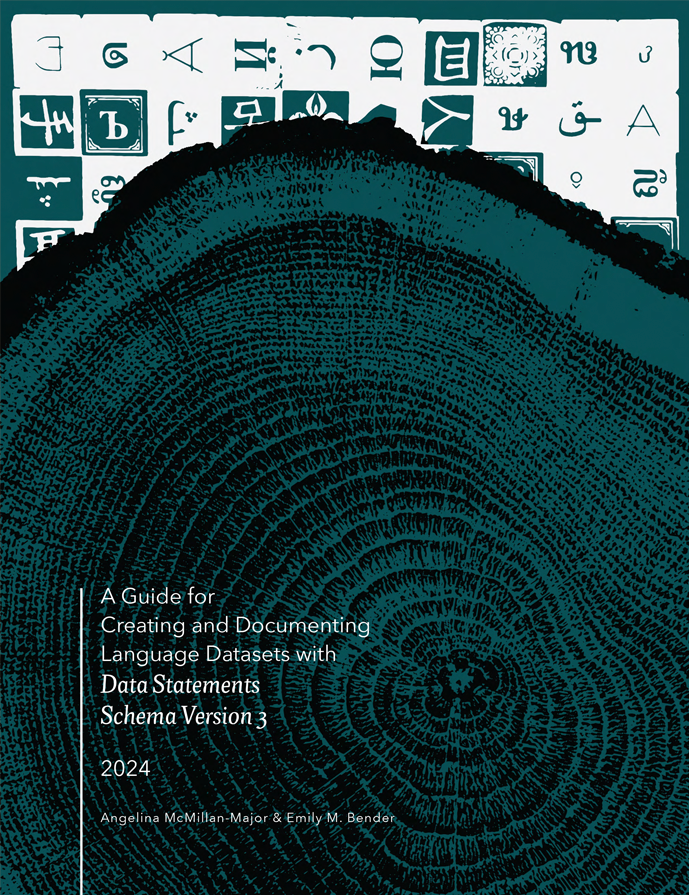Data Statements for Natural Language Processing
This webpage contains information about data statements for language datasets used in natural language processing systems and other digital language projects. The schema elements have been honed to the particular characteristics of language datasets, including speech context, speaker demographic, and annotator demographic. The most recent schema elements (Version 3) are listed here. Detailed definitions of the elements are provided in Creating and Documenting Language Datasets with Data Statements, linked below, along with rationale and suggestions for writing each element as well as general best practices. Version 3 contains two new schema elements, 14 Distribution and 15 Maintenance; two renamed schema elements, 6 Language User Demographic and 8 Linguistic Situation and Text Characteristics; and updated descriptions throughout to better support the creation of dataset documentation with language communities.
Schema Elements Version 2
- HEADER
- EXECUTIVE SUMMARY
- CURATION RATIONALE
- DOCUMENTATION FOR SOURCE DATASETS
- LANGUAGE VARIETIES
- LANGUAGE USER DEMOGRAPHIC
- ANNOTATOR DEMOGRAPHIC
- LINGUISTIC SITUATION AND TEXT CHARACTERISTICS
- PREPROCESSING AND DATA FORMATTING
- CAPTURE QUALITY
- LIMITATIONS
- METADATA
- DISCLOSURE AND ETHICAL REVIEW
- DISTRIBUTION
- MAINTENANCE
- OTHER
- GLOSSARY
Writing Data Statements

Other Resources
Schema Version 1
Dataset documentation
Data Statements for Natural Language Processing: Toward Mitigating System Bias and Enabling Better Science (Bender & Friedman, 2018)
Schema Version 2
Dataset documentation refined by scientific community engagement
A Guide for Writing Data Statements for Natural Language Processing (Bender, Friedman, & McMillan-Major, 2021)
Data Statements: From Technical Concept to Community Practice (McMillan-Major, Bender, & Friedman, 2023)
Schema Version 3
Dataset documentation and creation with best practices for language community dataset development
Language Dataset Documentation Design: Learning from Deaf and Indigenous Communities (McMillan-Major, 2023)
Data statement samples:
- Data Statement for the Public DGS Corpus (v3 available)
- Data Statement of the Corpus of Basque Simplified Texts (v3 available)
- Data Statement for MuST-SHE (v2)
Table for converting from Schema Version 1 to Schema Version 2
LREC 2020 Workshop ‘Data Statements for NLP: Towards Best Practices’
A Short History of Data Statements
Data statements were first conceptualized in 2017 by Emily M. Bender and Batya Friedman at the University of Washington where they were initially developed for language datasets used in natural language processing systems. The first version of data statements was published in 2018 in Transactions of the Association for Computational Linguistics and presented at the 2019 Conference of the North American Chapter of the Association for Computational Linguistics (NAACL). The next two years saw significant interest and uptake. With the goals of supporting broader uptake and learning how to make data statements a suitable practice across different research and institutional contexts, in 2020 Emily M. Bender, Batya Friedman, and Angelina McMillan-Major organized a workshop at the 12th Language Resources and Evaluation Conference. The results of this workshop led to an updated schema (Version 2), a set of best practices, and A Guide for Writing Data Statements all released in 2021.
Data statements schema Version 2 and Bender, Friedman, and McMillan-Major’s reflections on the documentation development process were published in 2023 in the first issue of the Association for Computing Machinery (ACM) Journal of Responsible Computing. McMillan-Major continued to develop data statements in her dissertation work by shifting the perspective of data statements to include prospective dataset documentation and incorporating language communities as collaborative partners in the dataset curation and documentation process. McMillan-Major and Bender then refined McMillan-Major’s dissertation work into the current version of the schema, Version 3.
Data statements are a part of an emerging landscape for toolkits about documentation for transparency in data-driven systems, including Datasheets for Datasets, Model Cards for Model Reporting, Dataset Nutrition Labels, Nutrition Labels for Data and Models, FactSheets, and Data Cards.



